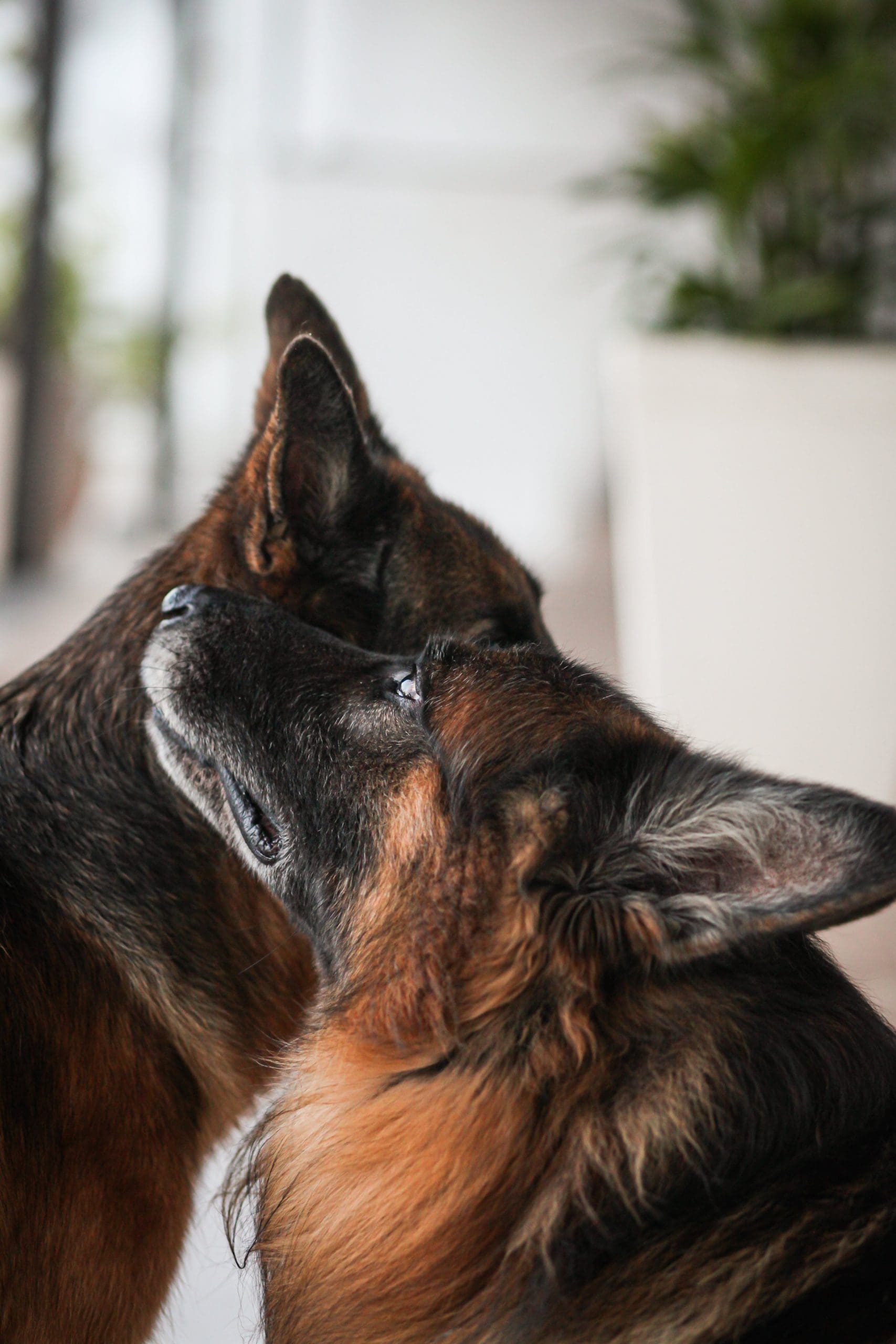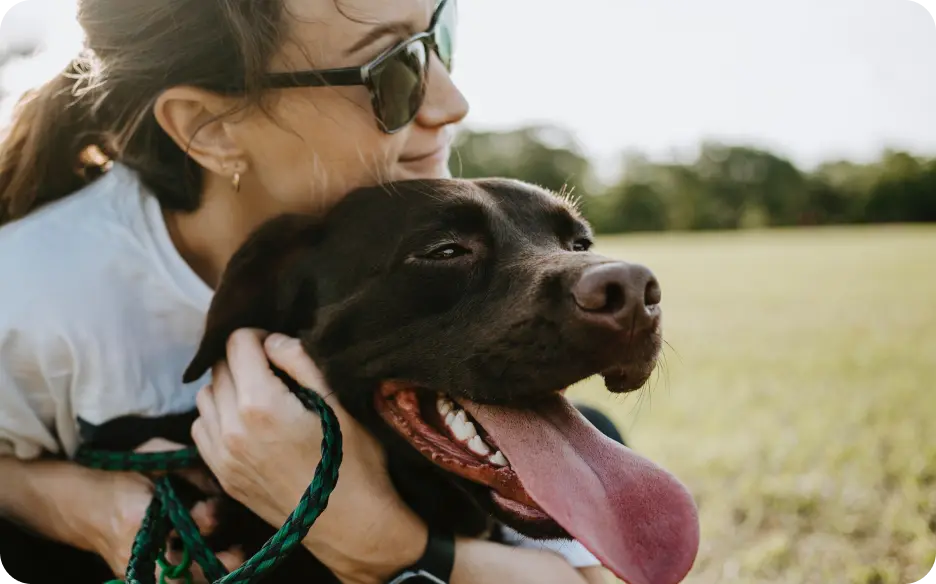Tag: gastrointestinal upset
-

How Much Trazodone Can I Give My Dog?
Trazodone is a medication frequently prescribed by veterinarians for dogs, primarily for its calming effects. It’s commonly used to manage anxiety, sleep disturbances, and behavior issues. If you’re considering trazodone for your dog, knowing the safe and effective dosage is crucial for their well-being. How Trazodone Works Trazodone increases serotonin levels in the brain, which…
-

How Much Fish Oil For Dogs?
Fish oil has become a favored supplement among pet owners looking to enhance their dogs’ health. With its numerous benefits, it’s important to determine the right dosage to ensure safety and effectiveness. Benefits of Fish Oil Rich in omega-3 fatty acids, particularly eicosapentaenoic acid (EPA) and docosahexaenoic acid (DHA), fish oil supports various aspects of…
-

Why Is My Dog Pooping So Much?
As a dog owner, you might find yourself wondering why your dog is pooping so much. This concern is common, especially when there’s a sudden increase in bowel movements. While this can be alarming, it’s important to remain calm and investigate the reasons behind this behavior. Factors Influencing Bowel Habits Dogs exhibit varying bowel habits…


